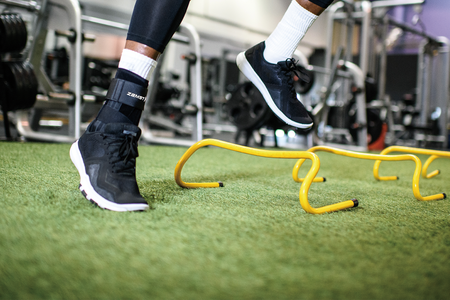Osgood Schlatter Disease (Properly named “Osgood-Schlatters Disease”) was named after the two physicians that defined the disease in 1903, Dr. Robert Osgood and Dr. Carl Schlatter.
Osgood Schlatter disease is a very common cause of knee pain in children and young athletes usually between the ages of 9 and 15. It occurs due to the fact the individual has not fully grown, still having soft bone in conjunction with a period of rapid growth and a high level of sporting activity.
With repeated pulling to the patellar tendon on the tibial tuberosity, new bone grows back during the healing process which causes a bony lump often felt at the tibial tuberosity. It mainly affects girls aged 9 to 14 and boys aged 10 to 15 years old and should clear up when they stop growing and the tendons and bones become stronger.
Some signs and symptoms of Osgood-Schlatters disease include:
- Pain, swelling and tenderness to the tibial tuberosity.
- Knee pain that worsens with activity and reduces upon rest.
- Children also report tightness of muscles surrounding the knee, especially in the quadriceps.
The pain varies from individual to individual with some having only mild pain while performing certain activities, especially running and jumping and for others, the pain is nearly constant and debilitating. Osgood-Schlatters disease usually occurs in just one knee, but sometimes it develops in both knees and the discomfort can last from weeks to months until your child has stopped growing.
Treatment includes:
- Rest and decreased activity when symptoms occur.
- Ice over the painful area
- Ibuprophen or other NSAIDs
- A cast or brace (Zamst JK-2)may be used to support the leg for the duration typically lasting 6-8 weeks until it heals.
[button link=”http://zamst.us/product/jk-2.25.html”]See our JK-2[/button]






